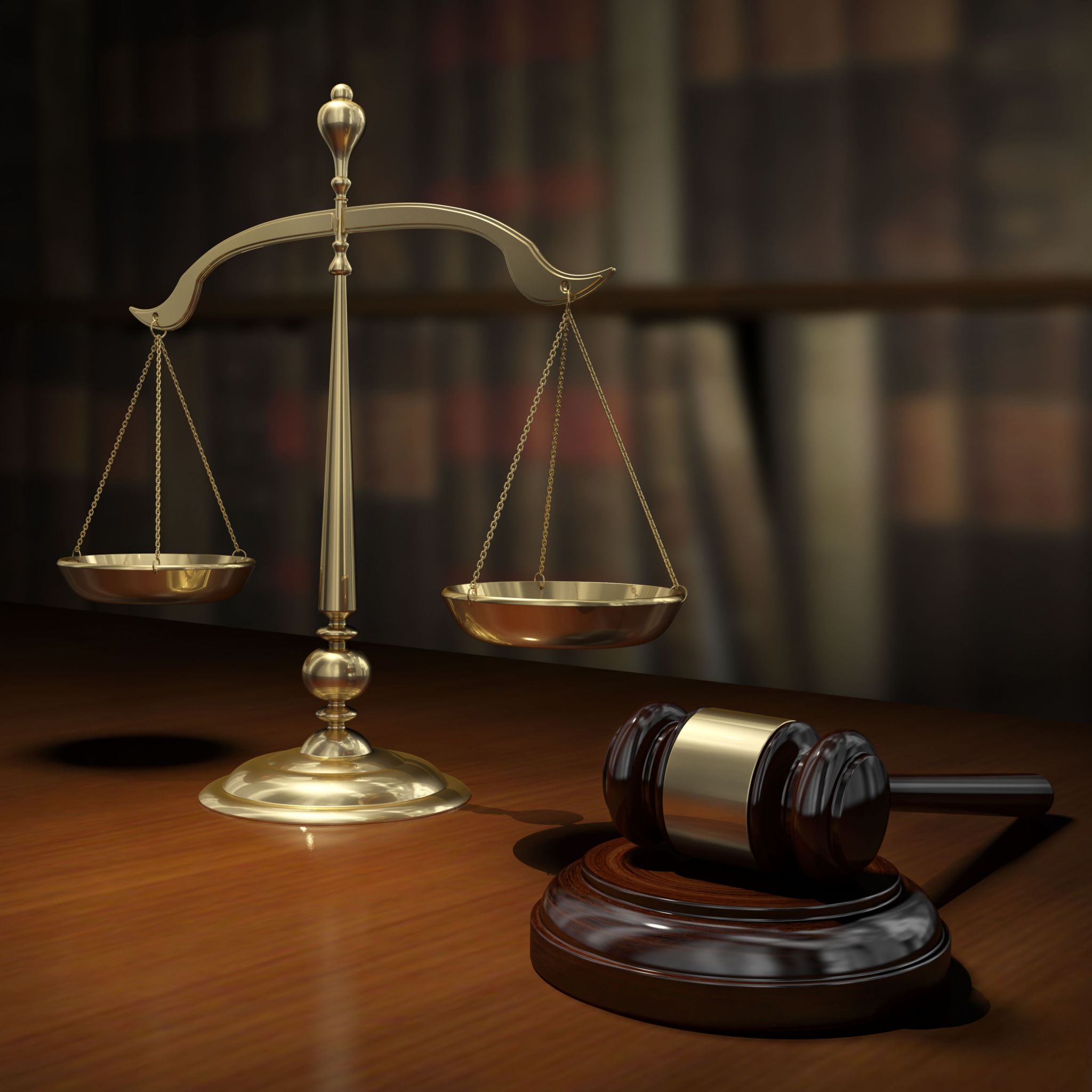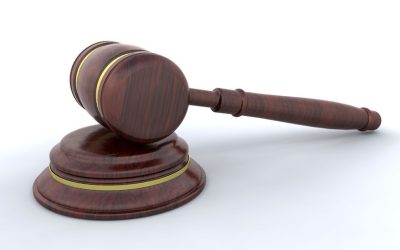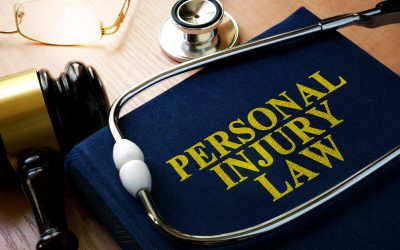Car accidents are among the leading causes of personal injury claims in the United States. In Arizona, thousands of crashes occur each year, leaving drivers and passengers to deal with medical bills, property damage, and emotional trauma. When disputes arise about who is at fault, proving liability becomes one of the most important aspects of the case. With the help of a car accident lawyer or an experienced personal injury lawyer, individuals can build strong cases supported by evidence and legal strategy.
This article explains how liability is established, what evidence matters most, and why working with a legal professional is often the key to a successful outcome.
Understanding Liability in Car Accidents
Liability refers to the legal responsibility for causing an accident and the resulting damages. In Arizona, fault is generally determined based on negligence. Negligence occurs when a driver fails to act with reasonable care, leading to harm. Common examples include:
- Distracted driving, such as texting behind the wheel.
- Driving under the influence of alcohol or drugs.
- Speeding or reckless driving.
- Failing to obey traffic signals or signs.
- Unsafe lane changes or failure to yield.
To recover compensation, the injured party must show that the other driver’s negligence directly caused the accident and resulting injuries.
Evidence That Helps Prove Liability
Evidence is the foundation of any car accident claim. A car accident lawyer often focuses on gathering and presenting the following types of evidence:
1. Police Reports
Law enforcement officers typically investigate the scene and file reports. These documents often include details about road conditions, statements from those involved, and even preliminary assessments of fault.
2. Photographs and Videos
Images of the accident scene, vehicle damage, skid marks, and traffic signals provide valuable context. Dashcam or surveillance footage can also serve as compelling evidence.
3. Witness Statements
Neutral third-party accounts from bystanders or other drivers can support claims of negligence.
4. Medical Records
Documentation of injuries helps establish the link between the accident and the harm suffered.
5. Expert Testimony
In complex cases, accident reconstruction specialists or medical experts may be called to explain how the crash occurred or how injuries developed.
Comparative Negligence in Arizona
Arizona follows the legal principle of comparative negligence. This means that even if both parties share responsibility for a crash, damages can still be awarded. However, compensation is reduced by the percentage of fault assigned to the injured party.
For example, if a driver is found 20% at fault for a collision but suffers $100,000 in damages, they may recover $80,000. This rule underscores the importance of strong evidence and a skilled personal injury lawyer to minimize any share of liability.
The Role of a Car Accident Lawyer
A car accident lawyer provides essential guidance throughout the claims process. Their role includes:
- Investigating the circumstances of the crash.
- Gathering evidence to establish negligence.
- Negotiating with insurance companies to secure fair settlements.
- Representing clients in court if necessary.
Because insurance companies often attempt to reduce payouts, legal representation ensures that injured parties have an advocate to protect their rights and interests.
Why Personal Injury Lawyers Are Important in Car Accident Cases
Car accidents fall under the broader category of personal injury law. A personal injury lawyer brings experience not only with traffic-related cases but also with the broader legal principles governing negligence and damages. They understand how to calculate compensation for medical bills, lost wages, pain and suffering, and long-term rehabilitation.
While people often search for the “best personal injury attorney,” what truly matters is having someone who understands both the legal system and the practical realities of accident cases. Experienced attorneys know how to handle insurers, present evidence effectively, and guide clients through a stressful process.
Challenges in Proving Liability
Proving fault in car accidents is not always straightforward. Some of the challenges include:
- Conflicting witness statements.
- Lack of physical evidence.
- Disputes over the extent of injuries.
- Insurance company tactics to shift blame.
Overcoming these obstacles requires careful analysis of the facts and, in many cases, professional legal guidance.
When to Seek Legal Support
Anyone injured in a car accident should consult a lawyer as soon as possible. Early involvement allows for preservation of evidence, timely filing of claims, and stronger negotiation positions with insurers.
For individuals in Arizona, turning to a reliable law firm provides access to attorneys who handle personal injury cases regularly and understand the unique legal landscape of the state.
Final Thoughts
Proving liability in a car accident case is a detailed process that requires strong evidence and a clear understanding of negligence laws. From police reports and witness statements to expert testimony, every piece of evidence plays a role in establishing fault. With the support of a car accident lawyer or an experienced personal injury lawyer, individuals can strengthen their claims and pursue fair compensation.
Car accidents can cause lasting consequences, but with the right legal approach, victims can protect their rights and move forward with greater security.









